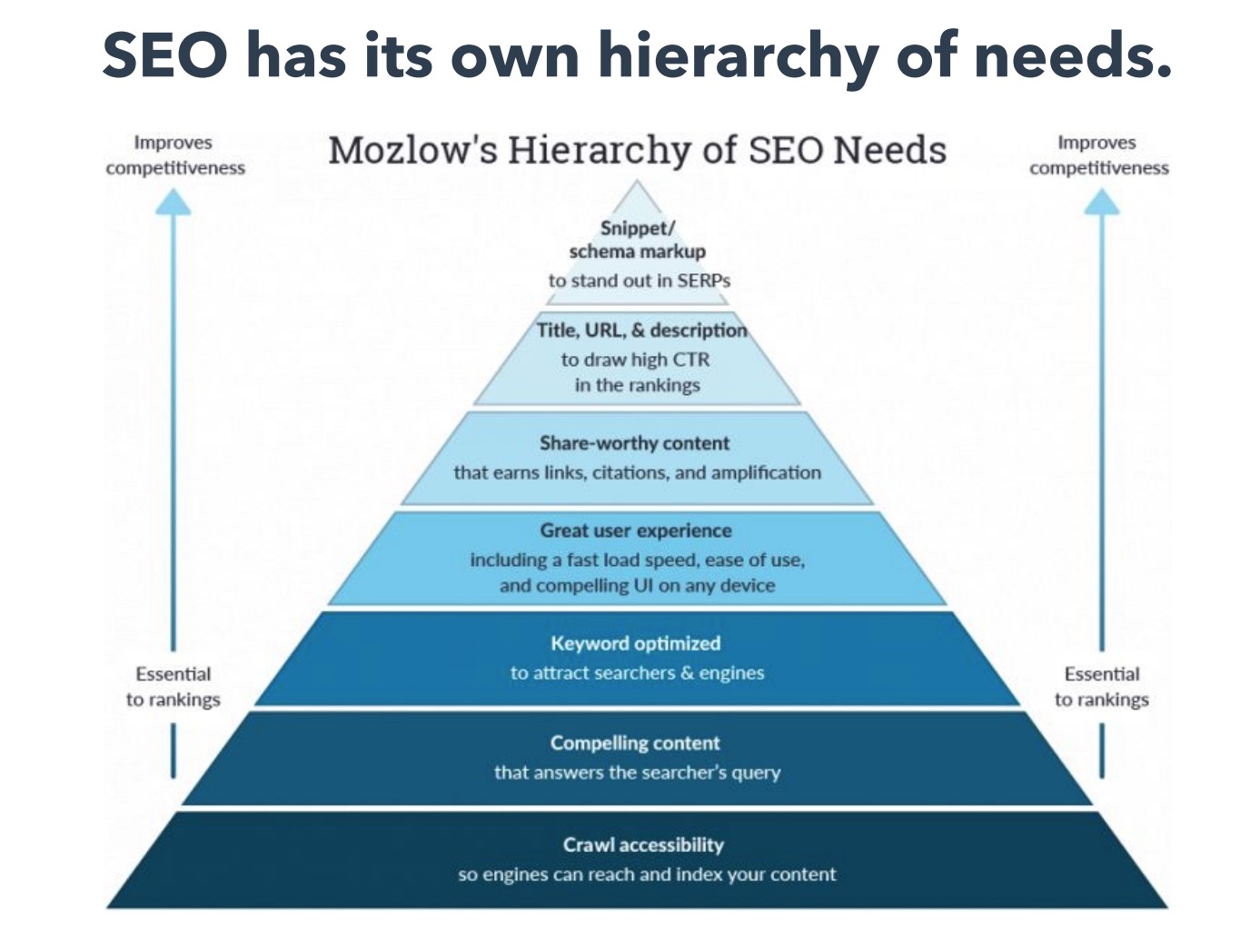Module 1 – Introduction

What is SEO?
SEO, which stands for search engine optimization, is the practice of increasing the quantity and quality of traffic to a website through organic search engine results.
In the early years of SEO, search engine algorithms were simpler and bad practices like “keyword stuffing” were common. But as search engines became more sophisticated, their algorithms became smarter and more adept at serving users more relevant content to answer their search queries.
But let’s have a quick video on the subject.
Before working with SEO …
You must understand that SEO is ongoing, cumulative and there is no silver bullet or quick-fix. The same SEO strategy won’t provide the same results for different companies.
It’s also important to remember that SEO isn’t a short-term tactic: it’s a long-term strategy. It can take weeks or even months to start seeing results.
Many marketers and business owners get discouraged when they don’t see immediate results and suddenly appear in the top spot on Google after starting with SEO. But sticking with SEO has many benefits: not only is it more cost-effective than other strategies like paid advertising, but it has a “snowball” effect.

How do Search Engines rank your content?
The majority of online experiences involve search; 93% of global traffic comes from Google search, Google images and Google Maps. So in this training, we will concentrate on Google.
Google cares about E-A-T
Discovery, relevance, and authority are
dependent on one another

How to create an SEO strategy
In psychology, there is a concept called Maslow’s Hierarchy of Needs. It’s a pyramid with 5 sets of human needs. Needs lower on the pyramid must be satisfied before individuals can attend to needs at higher level.
SEO has its own hierarchy of needs. You need to fuflfill the bottom tiers of the pyramid before you can move up to the higher tiers. When it comes to SEO, your site needs to be able to be crawled and indexed by search engines before you can start creating compelling content. And you need to have compelling content before you can start optimizing it for keywords — you get the idea.
